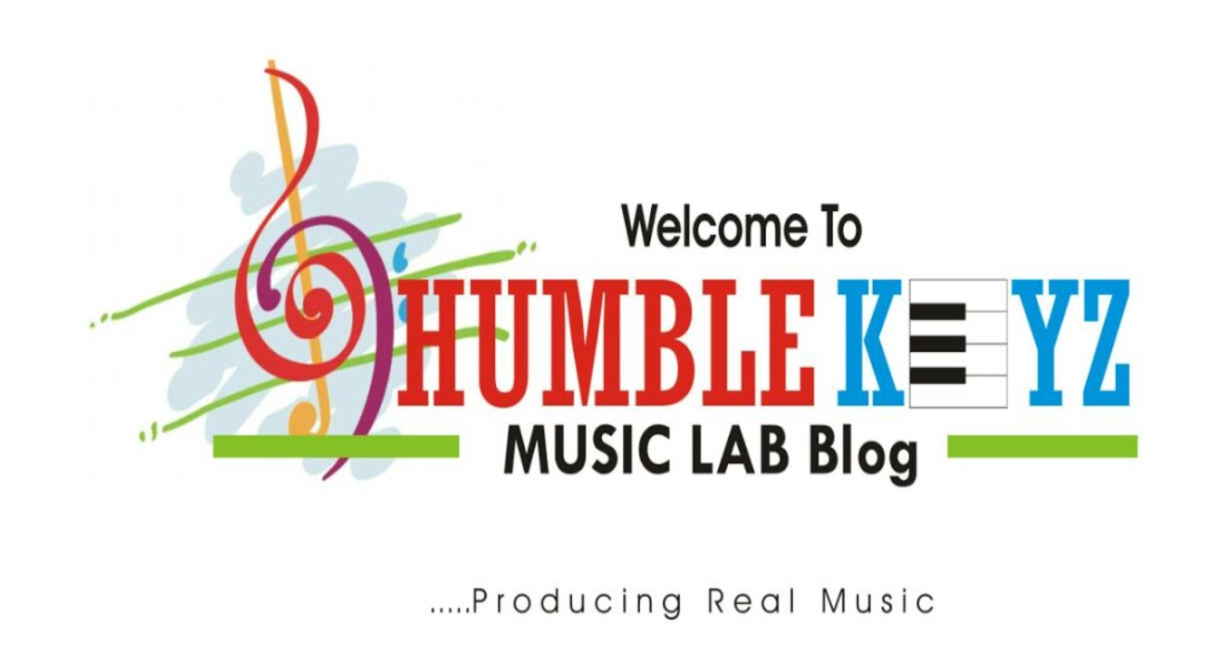Musicians find it hard to take music full time, I believe this because it seems there is a music doctrine going across which says A Musician who does music full time can not be successful financially. But this is wrong', a musician who can not create revenue in the music industry will not be able to also manage a business no matter the expenses, meaning that he or she lacks business mindset. As a musician, one should know that anything that acquires Time and skills, Talent and Money can generate revenue for you.
I Am proud to say that as a musician for over 8 years i have create a lot of revenue doing music full time. you can also do better than me.
Creating revenue as a musician is not a big task, you might not take it as a full time job yet you can create a reasonable revenue to cover your bills.
Below i will be sharing tips you can use to create revenue as a musician but note this that no matter how you want to operate, your time must be needed. The better way to be successful is drawing a life time plan that will suit you so as to be successful.
WAYS MUSICIANS CAN CREATE REVENUES DOING MUSIC FULL TIME/ PER TIME
1. TEACHING
The first reasonable money i made as a musicians was teaching the piano. I found out that people were interested in learning the piano, so i taught of it and created two hours lectures every mondays tuesdays thursdays fridays from 4pm to 6pm. at first i was billing per two weeks charging two thousand naira per student and i started with 11 students and it was really meeting my needs then, until I had little challenges which made the number of student drop to 6,so i had to reduce their bills to one thousand naira which brought a great turn up. and now per student is paying fifteen thousand per month. teaching music has really created a lot revenue for me. this tip can work for you without stress if you have a good business mindset. i urged you to start now no matter the number of students turning up guarantying you with consistency you will create huge revenue.
2 YOUTUBE CHANNEL
I have a YouTube channel that is doing well and also creating a lot revenue for me, and this is my biggest source of income.
you might wonder that how does YouTube create revenues as a musician. This is very easy to understand because YouTube has a platform that anyone can upload videos and make reason money from monetizing the videos. How is this possible?
login to YouTube and create a channel where you can post your videos you make and people across the world can watch the videos and subscribe to your channel, once your channel gets 10000 views your videos will be monetize causing advert to show before your video and google will pay you without any issues. So kindly make information about YouTube channel and started uploading as many video you can.
you might wonder that how does YouTube create revenues as a musician. This is very easy to understand because YouTube has a platform that anyone can upload videos and make reason money from monetizing the videos. How is this possible?
login to YouTube and create a channel where you can post your videos you make and people across the world can watch the videos and subscribe to your channel, once your channel gets 10000 views your videos will be monetize causing advert to show before your video and google will pay you without any issues. So kindly make information about YouTube channel and started uploading as many video you can.
You can do a lot of tutorial videos and upload.
3 MUSICAL PRODUCTIONS
To me i see pianist as a producer. so as a musician you can also make revenue by producing peoples music.
You can also create beat and sell them or even materials and sell them. I will advice you to start with a very affordable price to get more client for job doing.
4. MARKETING AND COMMISSION
This is a great source of creating revenue
Anytime anywhere.
Anytime anywhere.
One can sell musical instrument for a brand and gets commission per marketing. Also one can buy musical instrument whole sales price and sell at he or she price rate..
So you can pick up any brand of your choice and partner with them to make revenues.
Thanks for reading.... We will love to see you again.


















